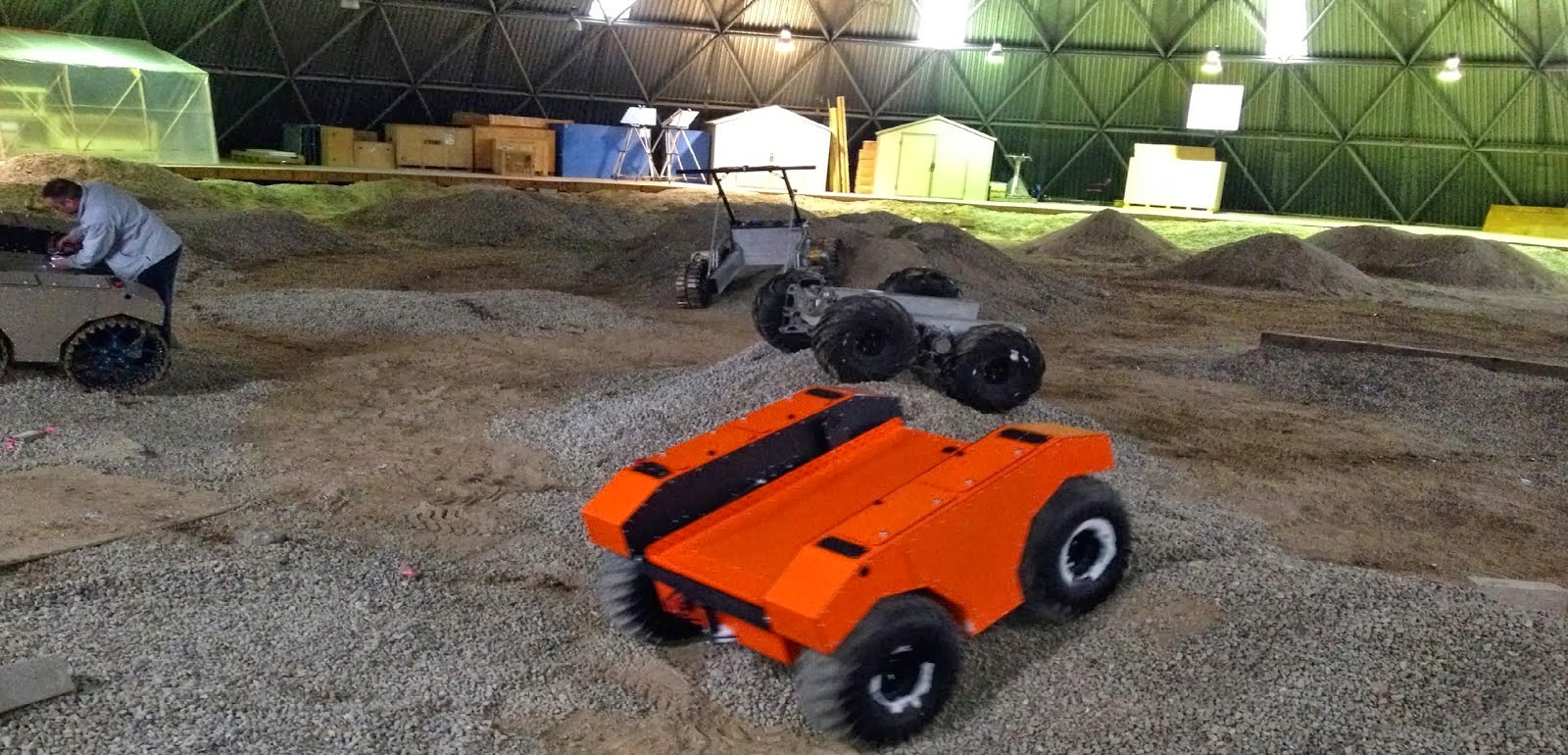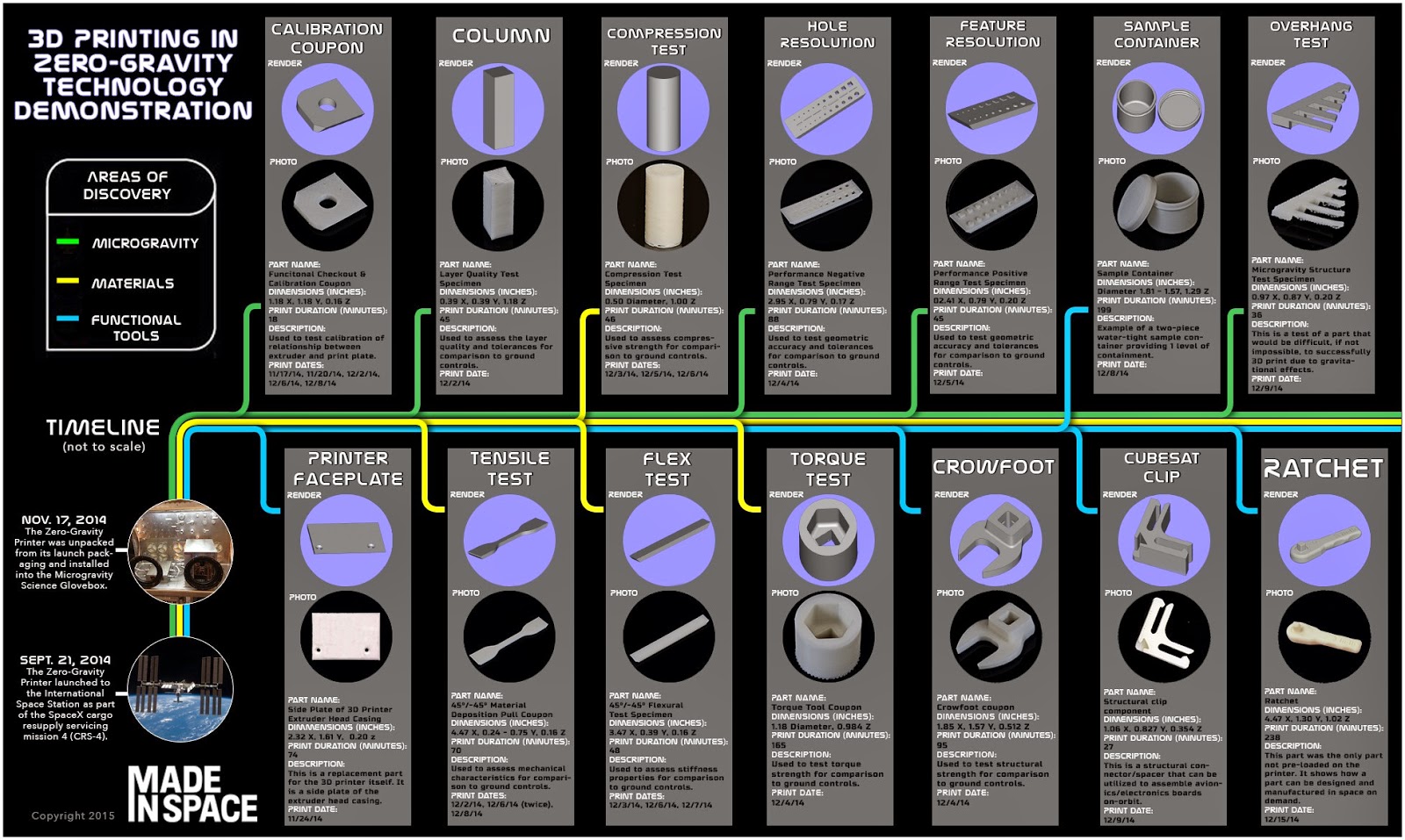By Chuck Black
And, as outlined in the NGIA website, Long's last job was to manage the provision of "timely, relevant, and accurate geospatial intelligence in support of national security" to both the US Department of Defense and the US intelligence community, a grouping of 17 separate US government agencies. These organizations use NGIA derived data to conduct intelligence activities (including espionage), contribute to military planning and perform other activities considered necessary "for the conduct of foreign relations and national security."
Is that a great resume or what?
Recent activities at the Department of National Defence (DND), the Canadian Space Agency (CSA) and publicly traded Canadian company UrtheCast, illustrate the growing military importance of Earth imaging.
As outlined in the February 19th, 2015 Ottawa Citizen story, "Ukraine gets Radarsat imagery while Canadian military faces shortages of data," the DND, which is required to pay for RADARSAT-2 Earth imaging from satellite owner MacDonald Dettwiler (MDA), will soon be running out of money to support the Earth imaging requirements of ongoing Canadian military and government operations.
 | |||
| The colour composite of a RADARSAT-2 polarimetric radar image data acquired over the Netherlands on April 4th, 2009 as part of the lead-up to the Sentinel-1 European Radar Observatory program. The different colours reflect the type and condition of the land cover. Field boundaries are clearly visible in this area, which is mostly agricultural. The dark areas correspond to water surrounding this area of reclaimed land, the very bright areas to urban settlements and the pink/blue area to middle-left is a nature reserve. The RADARSAT images were taken to familiarize European Space Agency (ESA) researchers with synthetic aperture radar (SAR). Photo c/o Geospatial Data Services Centre & MDA. |
As outlined in the February 19th, 2015 Ottawa Citizen story, "Ukraine gets Radarsat imagery while Canadian military faces shortages of data," the DND, which is required to pay for RADARSAT-2 Earth imaging from satellite owner MacDonald Dettwiler (MDA), will soon be running out of money to support the Earth imaging requirements of ongoing Canadian military and government operations.
As outlined in the article, federal departments were originally allocated $445Mln CDN worth of data collected by the Radarsat-2 satellite, at an agreed upon commercial rate, in exchange for the government’s financial contribution to the building of the MDA owned satellite.
But the data derived through the synthetic aperture radar (SAR) used by RADARSAT-2 has been steadily growing, from an average of 3.5 minutes per orbit in 2008 to an average of 10.8 minutes per orbit in 2013, and the Canadian military has certainly been using more than its intended share.
According to the article;
...the spacecraft has become so essential, particularly for the Canadian military’s surveillance of the country’s coastlines, that the federal government is fast using up its data credits.
Unless the government provides more money, it will use up its allotment of surveillance time by the summer of 2017, according to the 2012 records obtained by the Citizen using the access to information law.
The federal government has indicated that the RADARSAT-2 data to be sent to Ukraine will be paid for out of the existing DND data credit allocation.
Of course, the Canadian government is certainly not a monolithic organization (despite what the political opposition might believe about the current federal government under prime minister Stephen Harper) and other government departments are moving in different directions to insure that their research into Earth imaging technologies remains relevant.
For example, the CSA has recently issued a request for information (RFI) on space-based AIS data services (9F013-140805/A), no doubt intended to bring the agency up to speed on some of the private sector initiatives related to space based automatic identification systems (AIS), which are being commercially rolled out now by companies like Cambridge, Ontario based exactEarth Ltd.
AIS began as an automatic tracking mechanism for collision avoidance used on ships and by vessel traffic services (VTS) for identifying and locating nearby vessels by electronically exchanging data. But recent advances in technology have allowed AIS signals to be tracked by satellite and compiled into centralized, virtually real time location plots, which leads naturally to a whole series of new uses relating to customs enforcement, anti-piracy activities and national security.
Here's hoping the CSA gets up to speed on the topic quickly. Other governments don't always issue RFI's to collect information.
For example, the CSA has recently issued a request for information (RFI) on space-based AIS data services (9F013-140805/A), no doubt intended to bring the agency up to speed on some of the private sector initiatives related to space based automatic identification systems (AIS), which are being commercially rolled out now by companies like Cambridge, Ontario based exactEarth Ltd.
AIS began as an automatic tracking mechanism for collision avoidance used on ships and by vessel traffic services (VTS) for identifying and locating nearby vessels by electronically exchanging data. But recent advances in technology have allowed AIS signals to be tracked by satellite and compiled into centralized, virtually real time location plots, which leads naturally to a whole series of new uses relating to customs enforcement, anti-piracy activities and national security.
Here's hoping the CSA gets up to speed on the topic quickly. Other governments don't always issue RFI's to collect information.
 |
| New UrtheCast board member Letitia A. "Tish" Long. Photo c/o CNN. |
An example of this would be the February 23rd, 2015 Canadian News Wire press release, "UrtheCast Appoints New Board Member Letitia "Tish" Long, Former Director Of The National Geospatial-Intelligence Agency," which focused on the newest board member at Vancouver, BC based UrtheCast and her connections to some of the darker recesses of the US intelligence and military communities.
Prior to her retirement as director of the National Geospatial-Intelligence Agency (NGIA) in October 2014, newly appointed UrtheCast board member Letitia A. "Tish" Long served as the deputy director of the Defense Intelligence Agency (DIA), the deputy Under Secretary of Defense for Intelligence (policy, requirements, and resources), the deputy director of naval intelligence and the executive director for intelligence community affairs at the Director of Central Intelligence (DCI).
Prior to her retirement as director of the National Geospatial-Intelligence Agency (NGIA) in October 2014, newly appointed UrtheCast board member Letitia A. "Tish" Long served as the deputy director of the Defense Intelligence Agency (DIA), the deputy Under Secretary of Defense for Intelligence (policy, requirements, and resources), the deputy director of naval intelligence and the executive director for intelligence community affairs at the Director of Central Intelligence (DCI).
And, as outlined in the NGIA website, Long's last job was to manage the provision of "timely, relevant, and accurate geospatial intelligence in support of national security" to both the US Department of Defense and the US intelligence community, a grouping of 17 separate US government agencies. These organizations use NGIA derived data to conduct intelligence activities (including espionage), contribute to military planning and perform other activities considered necessary "for the conduct of foreign relations and national security."
Is that a great resume or what?






















